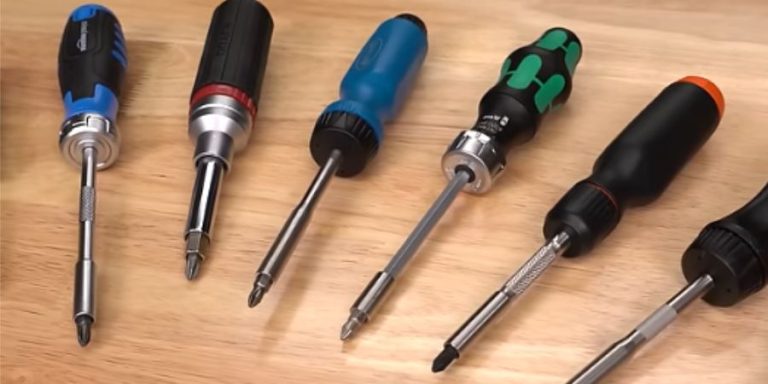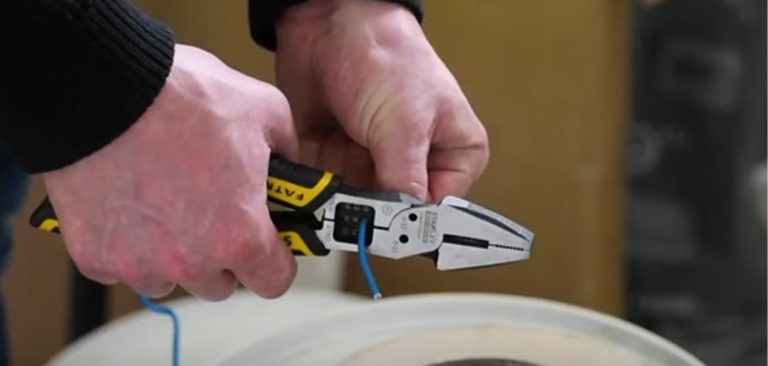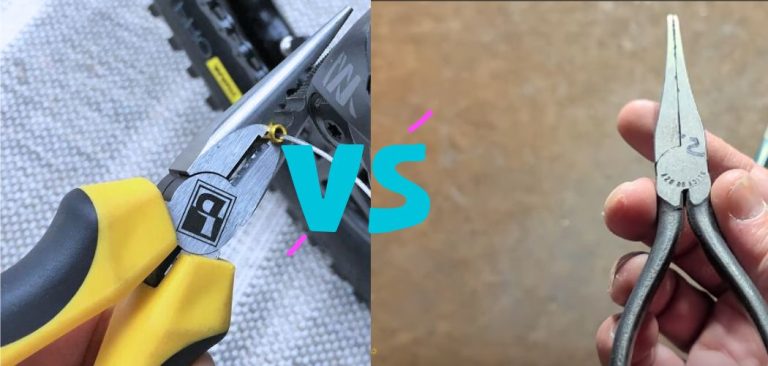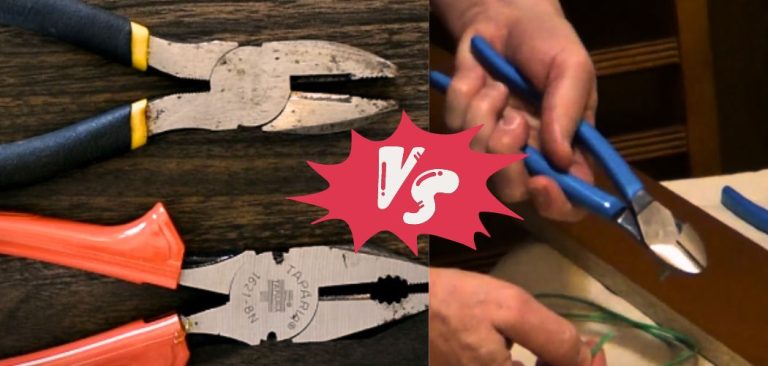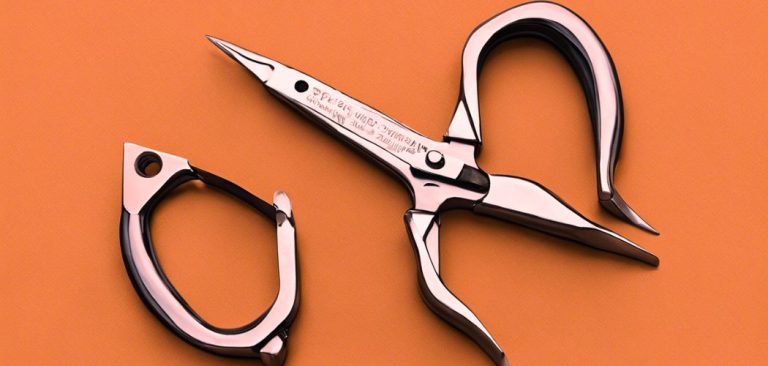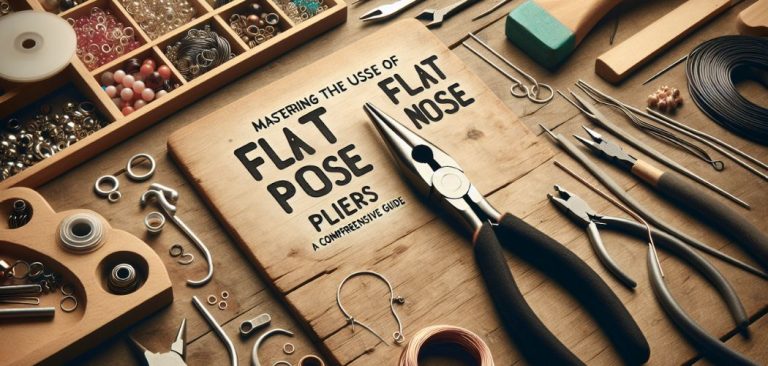Long Nose Pliers Use: Tight Spaces and Small Objects
Long nose pliers, also known as needle-nose pliers, are a must-have tool for anyone who tackles projects with intricate details or needs to reach into confined areas. This guide dives deep into everything you need to know about long nose pliers,use from their fascinating history to the different types and their specific uses.
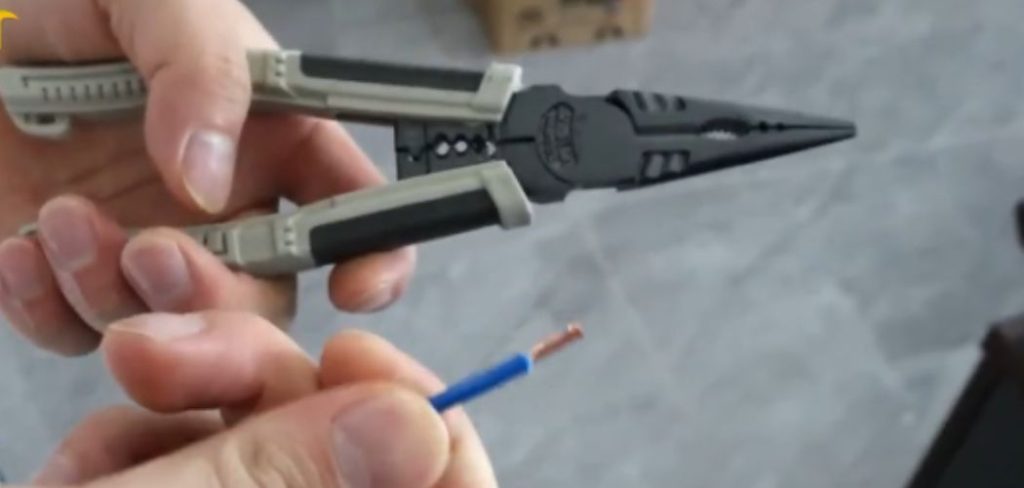
Why Are Long Nose Pliers Essential?
Precision Grip: The elongated, tapered jaws with a pointed tip allow for exceptional control and accuracy when handling small objects like wires, beads, or screws.
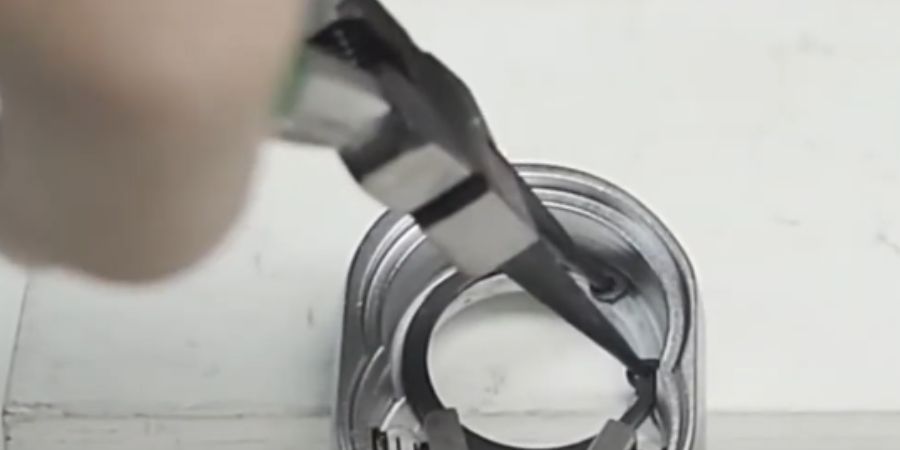
Tight Space Accessibility: Unlike bulky pliers, long nose pliers can effortlessly navigate confined areas, making them ideal for electrical work, jewelry making, and mechanical repairs.
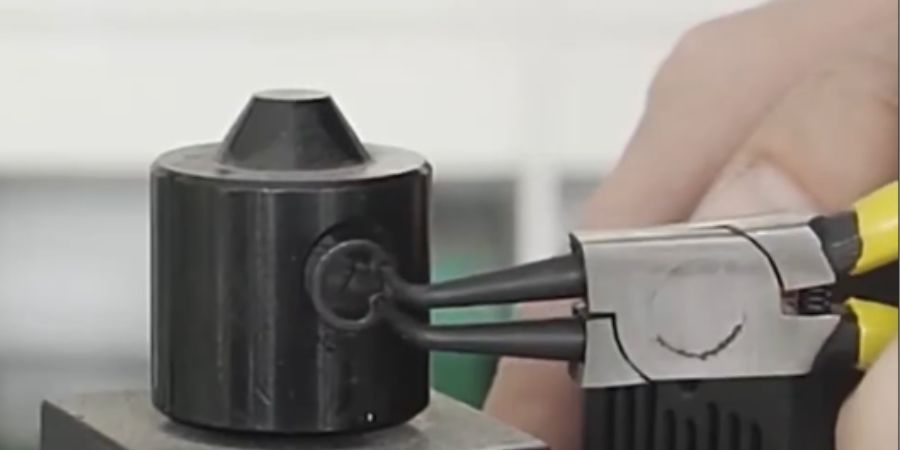
Multi-Purpose Functionality: From gripping and bending to cutting and shaping, long nose pliers offer a variety of functionalities, eliminating the need for multiple tools.
A Look Back: the History of Long Nose Pliers
The origin of pliers can be traced back to the Bronze Age, used for metalworking and jewelry crafting. However, the long nose pliers we know today emerged in the late 1800s to meet the growing demand for a specialized tool in the electrical field.
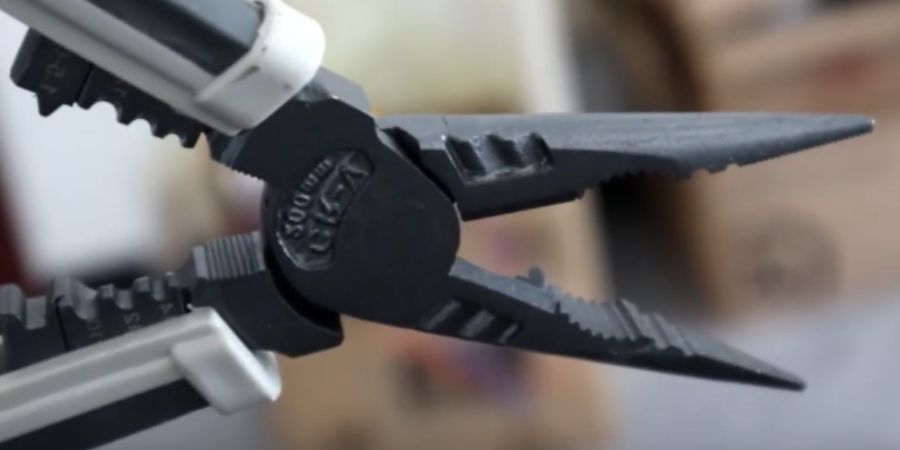
These early versions were simple steel pliers with straight jaws and a pointed nose. Over time, advancements in materials and technology led to the development of features like serrated jaws for better grip and comfortable, non-slip handles.
Understanding the Anatomy of Long Nose Pliers
Elongated, Tapered Jaws: These jaws provide exceptional reach into tight spaces and allow for precise gripping of small objects. They may be smooth or serrated depending on the intended use.
Spring-Loaded Mechanism: This mechanism enables single-handed operation, making it convenient to use in confined areas.
Comfortable Handles: Rubber or plastic-coated handles ensure a secure grip and reduce hand fatigue during extended use.
Material Composition: High-quality steel is the most common material, often coated with nickel or chrome for rust resistance. The jaws may be made from a harder steel for enhanced grip.
Long Nose Pliers: Choosing the Right Tool for the Job
Not all long nose pliers are created equal! Different types cater to specific tasks. Here’s a breakdown of the most common variations:
Standard Long Nose Pliers: The most versatile type, featuring straight jaws and a tapered nose ideal for gripping, holding, and bending wires. Sizes range from 4 to 12 inches.
Needle Nose Pliers: These boast the most extended and pointed jaws, perfect for intricate tasks in jewelry making, delicate electronics work, and precision mechanics where space is limited.
Bent Nose Pliers: Designed for accessing tight corners and awkward angles, bent nose pliers are a favorite among plumbers, automotive technicians, and HVAC professionals due to their ergonomic grip and maneuverability.
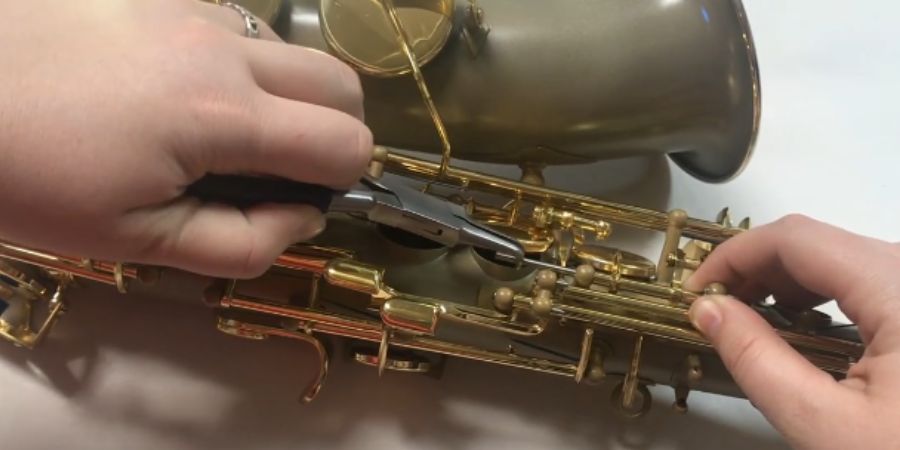
Flat Nose Pliers: Flat, broad jaws with smooth or serrated surfaces make flat nose pliers perfect for handling sheet metal, wires, and other flat materials in metalworking, fabrication, and construction applications.
Split Ring Pliers: Featuring specialized notched jaws, these pliers simplify opening split rings commonly found on keychains, jewelry clasps, and small accessories, making them valuable tools in retail, jewelry design, and everyday household use.
Beyond the Basics: Pro Tips for Using Long Nose Pliers Like a Pro
- Select the Right Pliers: Match the pliers type to your specific task for optimal control and efficiency.
- Maintain a Sharp Grip: Ensure the jaws are clean and free of debris for a secure hold.
- Work with Control: Apply gentle pressure to avoid damaging delicate objects.
- Leverage the Leverage: Use the long handles to your advantage for increased control and reduced hand strain.
- Safety First: Always wear safety glasses when working with pliers to protect your eyes from flying debris.
Elevate Your Toolbox With the Perfect Long Nose Pliers
With their versatility, precision, and ability to conquer tight spaces, long nose pliers are a valuable asset for any toolbox. By understanding the different types and their functionalities, you can select the perfect pliers for every task.
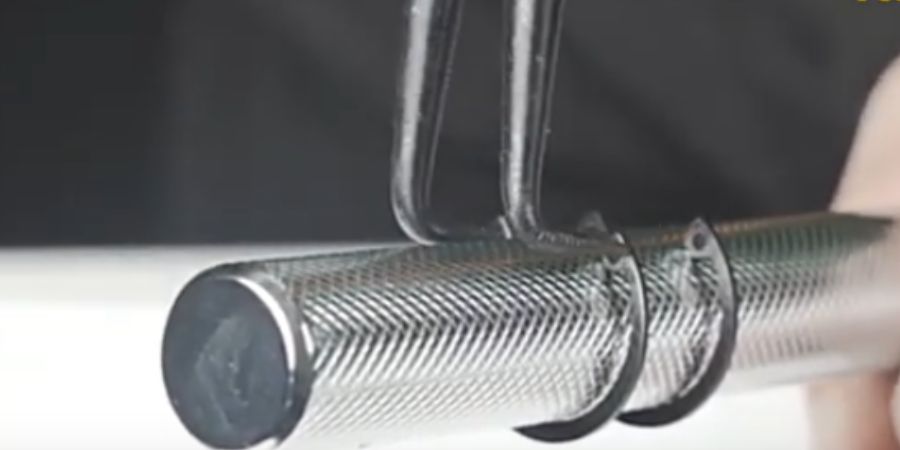
So, next time you face a project requiring intricate details or confined spaces, equip yourself with long nose pliers and unlock a world of possibilities!
FAQs
How Do I Choose the Right Long Nose Pliers for My Needs?
Consider the specific task you’ll be tackling.
1.For general wire work, standard long nose pliers are a good choice.
2.For intricate details, opt for needle nose pliers.
3.Bent nose pliers are ideal for reaching tight corners.
4.Flat nose pliers are best for handling flat materials.
5.Split ring pliers simplify opening split rings
How Do I Use Long Nose Pliers Effectively?
Here are some tips for using long nose pliers like a pro:
1.Match the pliers type to your task.
2.Ensure clean jaws for a secure grip.
3.Apply gentle pressure to avoid damaging delicate objects.
4.Utilize the long handles for increased control and reduced hand strain.
5.Always wear safety glasses to protect your eyes from debris.
How Do I Care for My Long Nose Pliers?
With proper care, your long nose pliers will last for years. Here’s how:
1.Wipe them clean after each use to remove dirt and debris.
2.Apply a light coat of oil to the jaws to prevent rust.
3.Store them properly in a dry place to prevent damage.
Conclusion
In conclusion, long nose pliers are the ultimate secret weapon for any toolbox. Their versatility and ability to conquer tight spaces with precision make them a must-have for delicate tasks and everyday projects.
Electricians like my friend Summon rely on long nose pliers for countless jobs. From grabbing tiny wires to maneuvering in cramped electrical panels, these pliers are an essential part of his toolkit. In fact, whenever I have a question about electrical work that requires finesse, Summon’s first recommendation is always to grab a pair of long nose pliers!
Read also:

